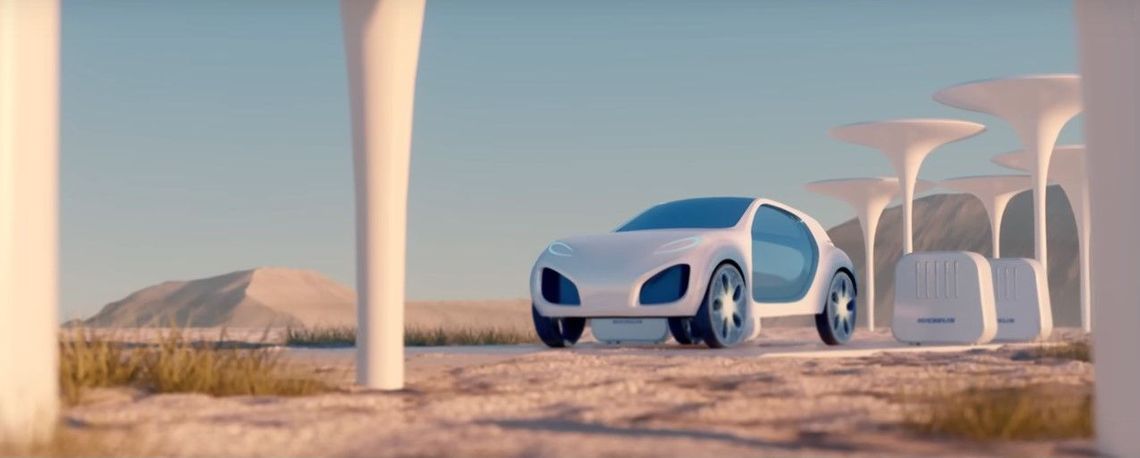At the edge of the future with MICHELIN’s VISION concept
Visionary, innovative… Michelin is thinking outside the box with its VISION concept, which illustrates the Group’s sustainable development model for 2050. An ambition that simply confirms Michelin’s innovative strength, and in particular its singular expertise in the field of high-tech materials and processes.
VISION, an illustration of Michelin’s sustainable development model
Designed as an infinitely renewable object...
Designed as an infinitely renewable object, VISION fits perfectly into Michelin's circular economy approach, based on its 4Rs strategy.
Reduce: thanks to the “recharge” via 3D printing, the amount of materials needed to create a new tread is reduced. The management of materials and the design allows us to reduce the weight while offering greater performances. Lastly, Vision is designed to reduce CO2 emissions throughout its usage, thanks to optimized rolling resistance and its low rechargeable tread depth.
Reuse: VISION comprises a sustainable structure that can be reused thanks to the rechargeable tread. It therefore contributes to preserving natural resources.
Renew: VISION includes a large number of renewable or recycled components that are not derived from oil, and for which production does not worsen the environmental impact.
Recycle: VISION integrates recycled materials derived from end-of-life tires (carbon black), plastic waste or steel, including recycled scrap metal. Lastly, Vision is 100% recyclable at the end of its life.
With VISION, Michelin has committed to meeting a huge challenge to make mobility safer, cleaner, more efficient and universally accessible, in line in particular with our values and our corporate DNA, innovation and environmental responsibility.
VISION: packed with Michelin’s expertise
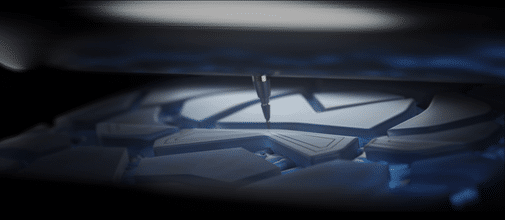
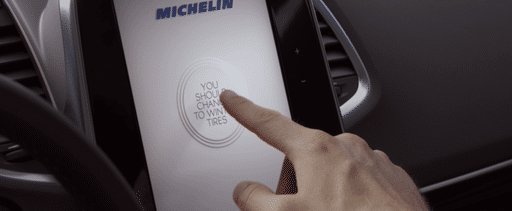
VISION is already protected by 19 patents
VISION is 100% recyclable at end of life
1er prix "Best of the Best" du Red Dot Design Awards
Michelin UPTIS, a tangible application of VISION’s Airless technology
The MICHELIN UPTIS (Unique Puncture-proof Tire System) prototype is a puncture-proof wheel/tire assembly with no compressed air, which removes the problems of tire pressures and punctures. Driver safety is improved by removing the risk of losing control of the vehicle and of dangerous stops on the roadside due to a puncture. Furthermore, MICHELIN UPTIS allows fleet managers to increase efficiency by limiting the risk of vehicle downtime and eliminating maintenance operations linked to inflating tires and checking pressures, etc.
This innovation has already been deployed on fleets dedicated to last-mile deliveries in Singapore, the U.S.A. and France. To date, Michelin is the only manufacturer in the world to run such a solution on open roads in real-life conditions under commercial contracts. Since 2020, these UPTIS prototypes have already covered almost 3 million kilometers.
VISION, a breakthrough innovation inspired by biomimetics
Transposing biological processes onto non-biological systems: this is the principle of biomimetics, from which Michelin also drew inspiration in order to come up with the VISION concept; an approach that found its origins with Leonardo da Vinci who, more than 500 years ago, already recommended observing nature in order to feed innovative capacity.
For VISION, this is illustrated in particular by an alveolar structure, similar to that of a coral, which is both flexible and rigid. Conceived as an infinite item, VISION was designed like a natural object: its birth, its growth, its renewal, and right up to the end of its life forming part of a process that doesn’t harm the environment.
Its avant-garde design has already earned it international recognition, crowned by the Best of the Best award at the prestigious Red Dot Design Awards in Singapore in 2018.
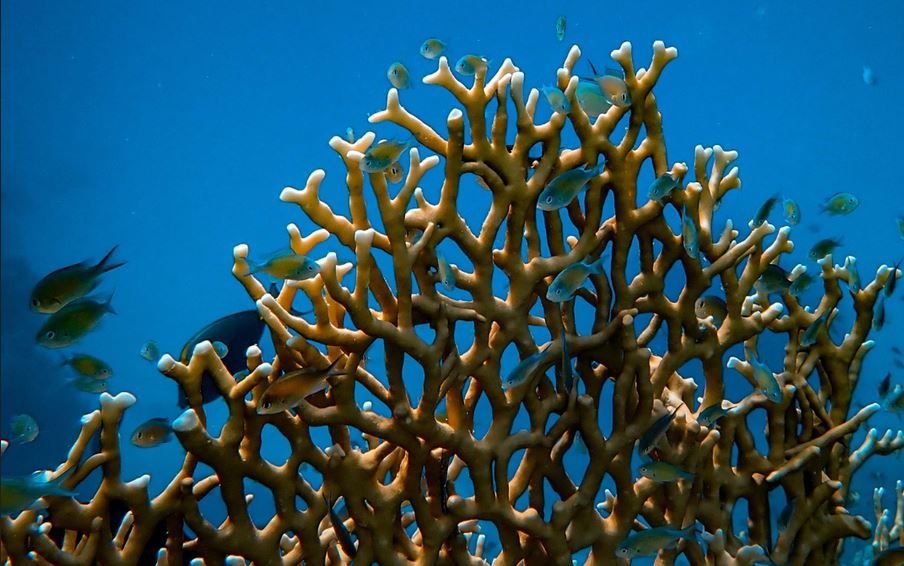
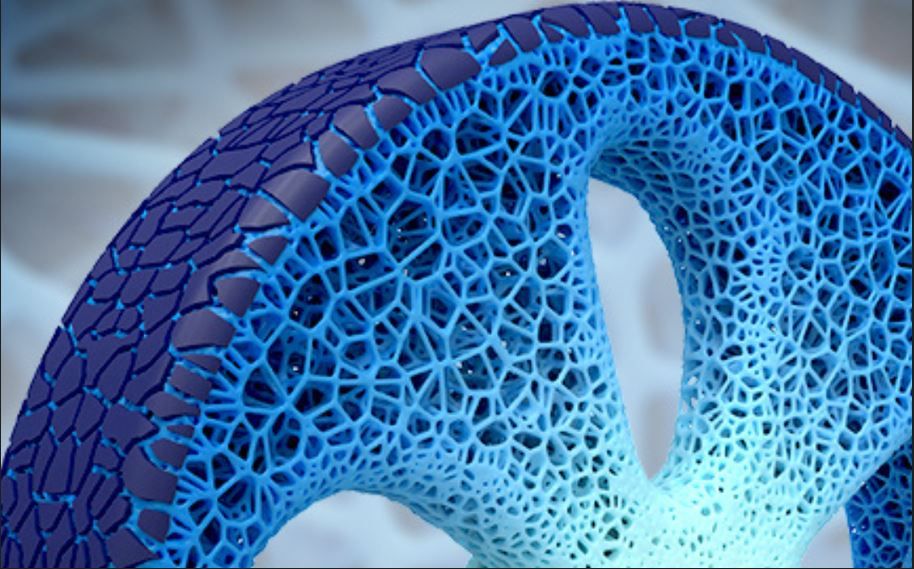
Becoming a shareholder
Join an extraordinary human adventure that began more than 130 years ago with an innovative Group, leader in sustainable development.
Candidates
Do you want a chance to explore the full scope of your potential and contribute to human progress and a more sustainable world?
